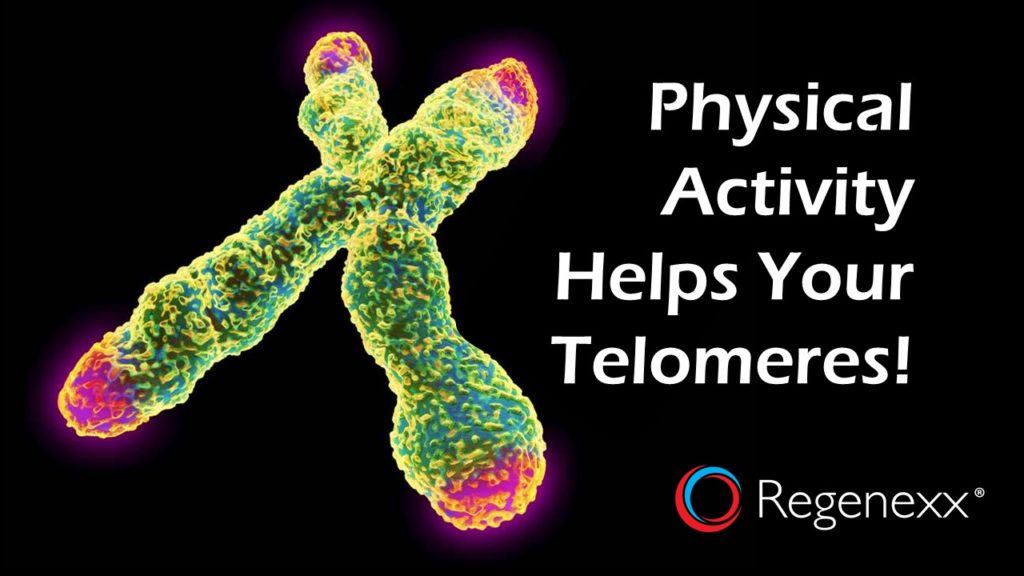Move Your Body – Your Telomeres Will Thank You with Less Aging!
Our bodies are constantly repairing and replicating themselves on a cellular level. When that process is negatively affected by unfavorable conditions within our body, the result is aging. But is there a way to impact that process? Recent research shows that exercise can help your genes, in particular, a part called the telomeres.
Telomeres are “caps” on the ends of chromosomes which protect the chromosomes from losing genetic information in the process of cell division. Since these telomeres get shorter with each subsequent cell division and eventually lose their ability to protect the genetic information they are guarding, longer telomeres result in more effective replication, and thus less aging. In particular, Short Leukocyte Telomere length has become a hallmark characteristic of aging.
The study sought to examine whether or not physical activity had the ability to positively affect the length of these important telomeres. The six thousand five hundred aged 20-84 year old participants of the study were asked questions related to whether they participated in moderate, vigorous, walking or cycling for transportation, or muscle strengthening types of physical activities. The results of the study showed that engaging in regular movement based activities reduced the risk of being in the lowest percentile of telomere length by 3% to 52% respectively, concluding that engaging in movement based activities did have a positive effect on this important marker of aging.
The upshot? The fact that physical activity helps your telomeres is important because protecting genetic information equals less aging. We are the only species that has removed the need to engage in substantial physical activity to survive. And while modern conveniences improve the quality of life in many ways, those same conveniences have also negatively impacted our health. So rethink how you do things and add in as much deliberate physical activity as you can. Your telomeres will thank you!

NOTE: This blog post provides general information to help the reader better understand regenerative medicine, musculoskeletal health, and related subjects. All content provided in this blog, website, or any linked materials, including text, graphics, images, patient profiles, outcomes, and information, are not intended and should not be considered or used as a substitute for medical advice, diagnosis, or treatment. Please always consult with a professional and certified healthcare provider to discuss if a treatment is right for you.

